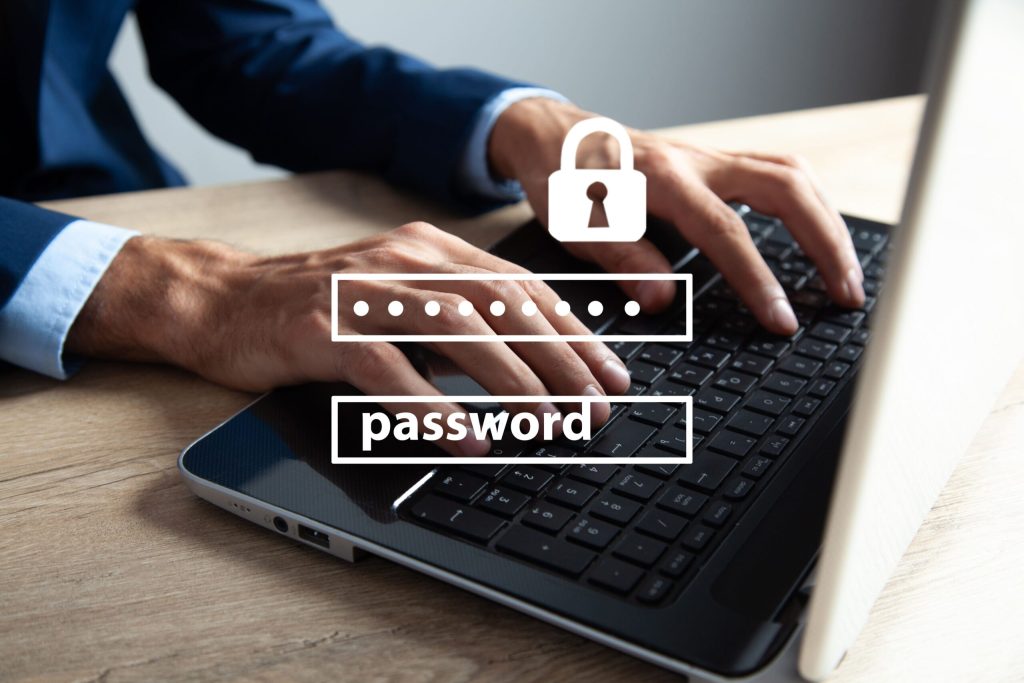In our modern digital landscape, mastering complexity is essential, especially when it comes to safeguarding our digital identities and sensitive information. Password managers and strong authentication mechanisms have emerged as indispensable tools in the arsenal of cybersecurity, offering a robust defense against the ever-evolving threats that permeate the online world. Password managers play a pivotal role in simplifying the complex task of managing multiple passwords across various platforms. With the average person juggling numerous online accounts, from email and social media to banking and shopping, the temptation to reuse passwords or create easily guessable ones is significant. This vulnerability exposes individuals to the risk of unauthorized access and compromises their personal data. Password managers alleviate this burden by securely storing and organizing complex, unique passwords for each account, effectively reducing the human error factor that often accompanies password management. These tools not only enhance security but also streamline user experience. By automating the process of generating, storing, and filling in passwords, they enable users to navigate the digital realm seamlessly.

This convenience encourages the adoption of strong, intricate passwords, as individuals are no longer burdened with the challenge of memorizing them. The result is a harmonious balance between security and user-friendliness, where the complexity lies in the algorithms and encryption methods employed by the password manager rather than in the user’s memory. In addition to password managers, strong authentication methods are crucial in fortifying the defense against unauthorized access. Traditional username and password combinations are susceptible to brute-force attacks and phishing schemes, prompting the need for multifactor authentication and MFA and solutions. MFA introduces an additional layer of complexity by requiring users to provide multiple forms of identification, such as a password combined with a fingerprint scan, a facial recognition scan, or a one-time authentication code delivered through a separate device. Biometric authentication, such as fingerprints and facial recognition, adds a unique and personalized layer of security. Unlike passwords that can be forgotten, stolen, or cracked, biometric data is inherently tied to the individual, making it significantly more challenging for malicious actors to impersonate or gain unauthorized access. This form of authentication not only enhances security but also simplifies the user experience, reducing reliance on memorized credentials.
Furthermore, the integration of hardware tokens or mobile authentication apps as part of the MFA process contributes to the overall complexity of the authentication mechanism. These dynamic codes change with each login attempt, rendering stolen credentials ineffective for subsequent access. The synergy between password managers and strong authentication creates a robust defense system that not only protects against common threats but also adapts to the evolving landscape of cyber threats. Mastering complexity in the realm of cybersecurity involves embracing tools and practices that enhance both security and mac password manager user experience. Password managers and strong authentication mechanisms empower individuals to navigate the digital landscape confidently, knowing that their sensitive information is shielded by layers of complexity that deter unauthorized access and protect against a myriad of cyber threats. As technology advances, the integration of these solutions becomes imperative for individuals and organizations alike, ensuring a resilient defense against the ever-present challenges of the digital age.
